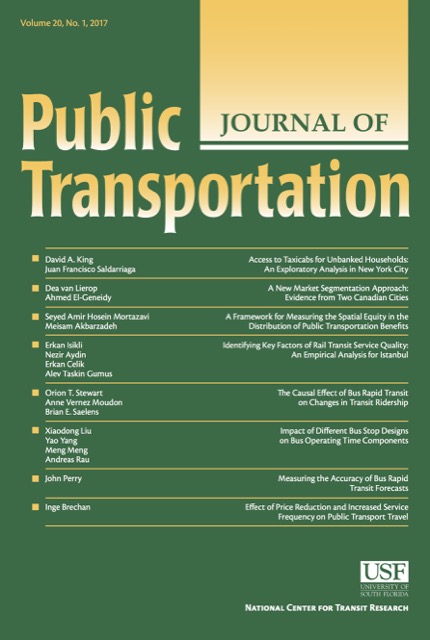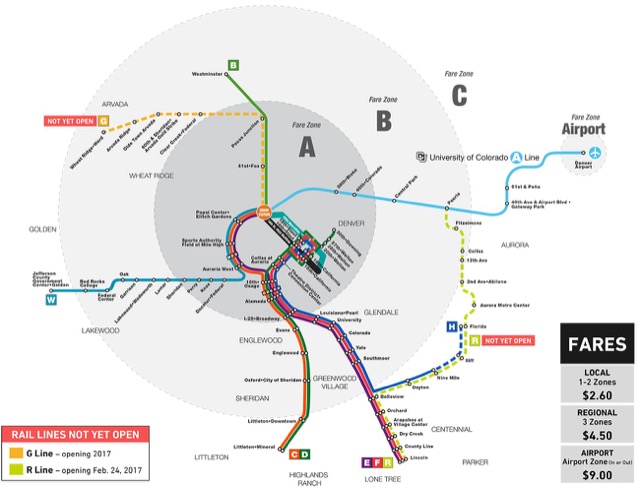The New York Times headline (in its paper edition), “State-by-State Assault on Electric Cars,” presents an image of people smashing windshields, throwing stones, or overturning vehicles. Instead, the article is about the debate over tax breaks to purchasers of electric cars.
According to the Times, electric cars couldn’t exist without tax breaks. Georgia had a $5,000 tax break on electric vehicles and in its last month 1,300 such cars were sold. In the month after it was repealed, sales declined to less than 100. (The paper doesn’t say so, but knowing that the tax break was disappearing probably led more people to buy in the last month.) The article makes it clear that supporters of electric cars, and the Times itself, believe that they are entitled to such tax breaks.
The Antiplanner has encountered similar attitudes during discussions of mileage-based user fees. Oregon, which is experimenting with such fees, says that, “Unlike semi-trucks, the impact on roads created by regular cars and light trucks–from small compacts to large pickups—is practically the same across the board.” (Oregon already has a mileage-based fee for all heavy trucks.) Some people are outraged by this, taking it for granted that cars that get better gas mileage or run off of electricity should get a break.









